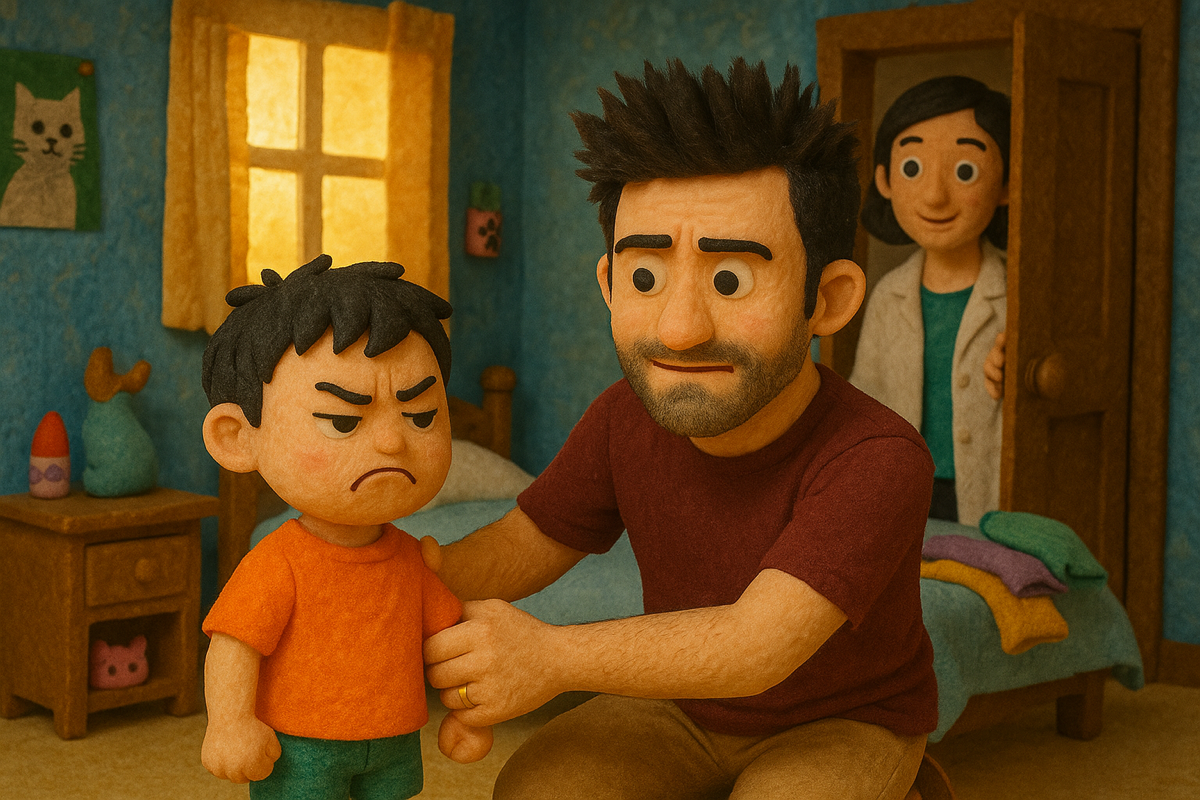From Decisions to Direction
Dressing my son taught me about decision making.
“But Dad, I don’t want to wear orange”, rebuked my son.
“Orange looks good on you, and these are the best clothes for such a hot day”, I said encouragingly.
“I look like a carrot. I want to wear blue!”
My wife leaned through the doorway. “Why don’t you put out his summer clothes on the bed, and let him choose?”
Something in my head clicked.
As managers, it can feel easier to make decisions on behalf of our staff, versus letting them make decisions themselves. However, this wastes their creativity, causes us to burn out as our teams grow - and staff probably won’t listen anyway.
But there’s two more subtle side-effects of making decisions on behalf of our staff.
Firstly, we inhibit learning. Every decision is an opportunity to improve our understanding of reality. By assessing why a decision didn’t give the results we expected, we upgrade our understanding and - in doing so - enhance the impact of all our future decisions.
Secondly, we inhibit motivation. As Kohn suggests, “Adults in the workplace are most likely to burn out - not because they have too much to do - but because they don’t have enough choice about what it is they’re doing.”
So, making many decisions on behalf of our staff inhibits learning and motivation.
So what can we do as managers?
There is a different type of decision making that supports decision making.
Ackoff suggests: “Making a policy is a type of decision, but it differs significantly from ordinary decision making. A policy is a rule that governs decision making.
“For example, in a university the policy often is that no one can hold a chair who does not have a PhD. Appointment of someone to a chair is a decision. When a credit card company says that lateness in making payments-due will be penalised, this is a policy. When an individual is charged for lateness, that is a decision.”
A policy - a rule to support decision making - may come in the form of a goal: what one thing are we optimising for, and why? By declaring the ‘why’ - the reason behind the policy - the policy can be improved or retired when it’s no longer having the intended effect.
The takeaway? A good decision is to create the conditions for your staff to make better decisions. As Kohn reminds us, “The way we learn to make good decisions is by making decisions, not by following directions.”
Note: This article was inspired by Ackoff’s Differences That Make a Difference, Kohn’s Unconditional Parenting, and a chat with Noah. Quotes adapted for brevity.
